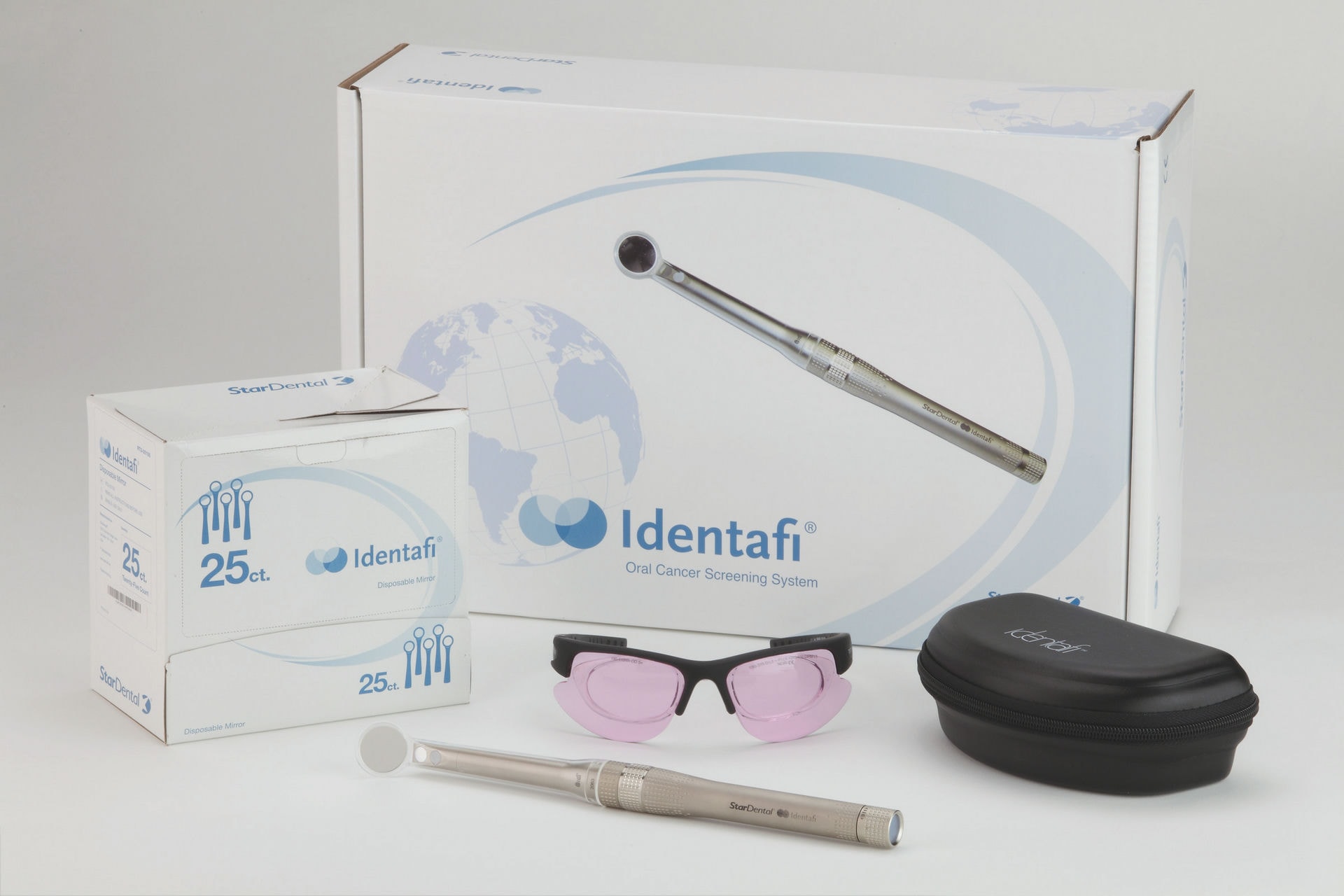The oral cancer epidemic
This year, oral cancer will strike nearly 50,000 Americans, half of whom will die within five years. Its mortality rate has remained stubbornly high — so why isn’t the disease higher on public radar?
Jerilyn Forsythe tackles the topic for Incisal Edge dental lifestyle magazine and examines the lesser-known culprits changing the demographic profile of oral cancer:

Jerilyn Forsythe
- A strain of human papillomavirus (a sexually transmitted virus) known as HPV16.
- Unprotected oral sex
An Issue of Awareness
According to Jerilyn Forsythe
“We’re all familiar with the AIDS Memorial Quilt. Charity 5K runs to raise awareness of a panoply of diseases are as common as daffodils come springtime. In their efforts to draw attention to breast cancer (and accrue some positive PR besides), Major League Baseball and the National Football League periodically outfit players in more pink than an entire flotilla of Mary Kay Cadillacs.”
“Even by the variegated standards of cancer awareness, though, oral cancer gets short shrift. Pay a visit to StandUp2Cancer.org, home of the prominent national nonprofit, and you’ll need the search skills of Dr. David Livingstone to track down a section dedicated to oral cancer.”
A real wake-up call – Jerilyn Forsythe continues…
“Everyone has experienced the way a routine canker sore can make the most quotidian activity fiendishly painful. Oral cancer — of which those seemingly innocuous cankers are sometimes a first sign — kills some 10,000 Americans a year. Where are its memorial bedspread, its Ad Council public-service announcements, its professional-sports tie-ins?”
As always, test early!
Forsythe calls out a 2014 report by Dr. Nelson Rhodus, a professor at the University of Minnesota School of Dentistry and a leading expert in the field who states, “If all cases of oral cancer were diagnosed and treated as early as localized tumors, almost 80 percent of patients would survive five years.”
To learn more about how dentists can help improve the numbers associated with oral cancer, read more at: https://viewer.zmags.com/publication/2772c968#/2772c968/66
What do dentists have at their disposal to help stem the scourge of oral cancer?
- A widespread semiannual oral examination: the regular dental checkup. You and your hygiene team examine a patient’s mouth for abnormalities during a cleaning.
- Screening and biopsy tools.
TheDailyFloss.com spotlights a few innovative tools available to dentists today.

Identafi Oral Cancer Screening Device (DentalEZ Integrated Solutions)
Identafi® technology allows dental professionals to identify biochemical and morphological changes in cells of the mouth, throat, tongue and tonsils. A combination of all three Multi-Spectral wavelengths that provide the clinician with more visual information in increased confidence for recommending biopsies and reducing the need for follow-up biopsy.

2. MicroLux DL (AdDent, Inc)
The Microlux DL is an accessory light guide to the Microlux Transilluminator. This light guide, used with 1% acetic acid, helps to visualize abnormal tissue conditions and identify oral mucosal abnormalities.
Learn more: Microlux DL Kit for Oral Cancer Screening

3. Bio/Screen Oral Exam Light (AdDent, Inc.)
Using five powerful violet LEDs that shows biofluorescence in the oral cavity without turning off the room lights, the Bio/Screen Oral Exam Light is a device intended for use as an adjunct to traditional oral examination to enhance the visualization of oral mucosal abnormalities.
It is powered by an internal rechargeable lithium ion battery. An on/off push button is located on the viewing side. An eyepiece and an optical viewing filter increases contrast between healthy and abnormal tissue. A battery charge indicator is located on the viewing side of the handle.
Learn more: Bio/Screen Oral Exam Light
4. ViziLite Plus (Denmat Holdings, Llc)
DenMat’s ViziLite Plus Oral Lesion Identification and Marking System, an FDA-cleared Oral Lesion Identification and Marking System, can help dental professionals identify, evaluate, and monitor oral abnormalities in patients at increased risk for oral cancer, including precancerous cells and cancer that may be missed by a standard visual exam.
Learn more: Denmat ViziLite Plus

5. SaliMark™ OSCC Oral Cancer Salivary Diagnostic Test (PeriRX)
SaliMark™ OSCC, is PeriRx’s first commercial saliva test for the early detection of oral squamous cell carcinoma. The painless saliva test uses proven bio-chemistry analytics at high sensitivity and specificity to enable early disease risk detection. Recommended for use by the clinician when suspicious lesions are observed and additional testing is warranted, these discriminatory salivary biomarkers have been clinically-validated in multiple large trials including studies in collaboration with the National Cancer Institute and with premiere U.S. academic medical centers such as the University of Michigan, Michigan State University and the Providence Health System in Detroit.
Learn more: SaliMark™ OSCC Oral Cancer Salivary Diagnostic Test


